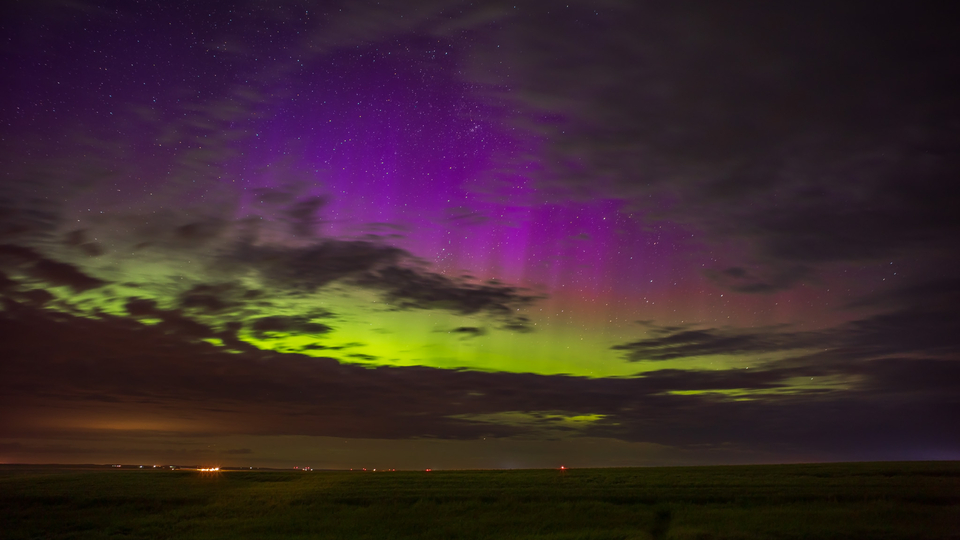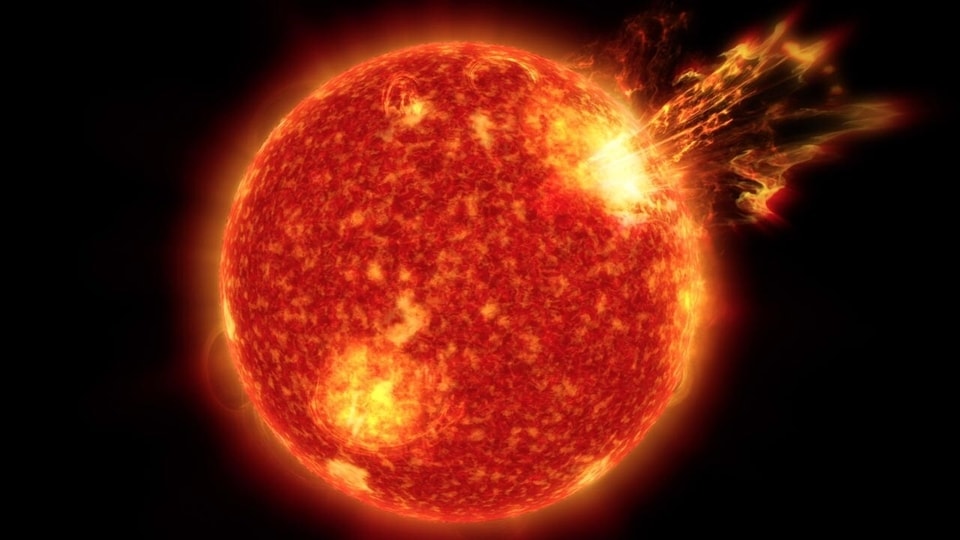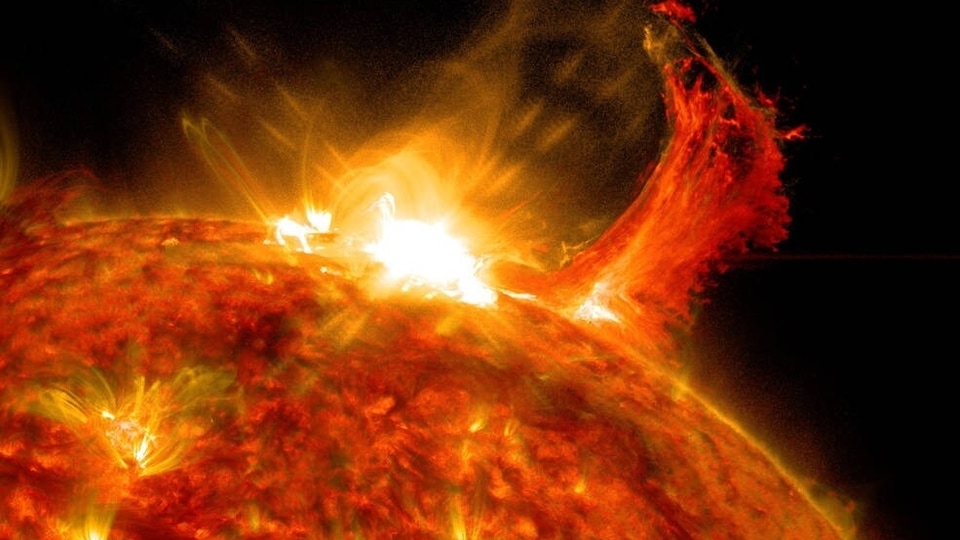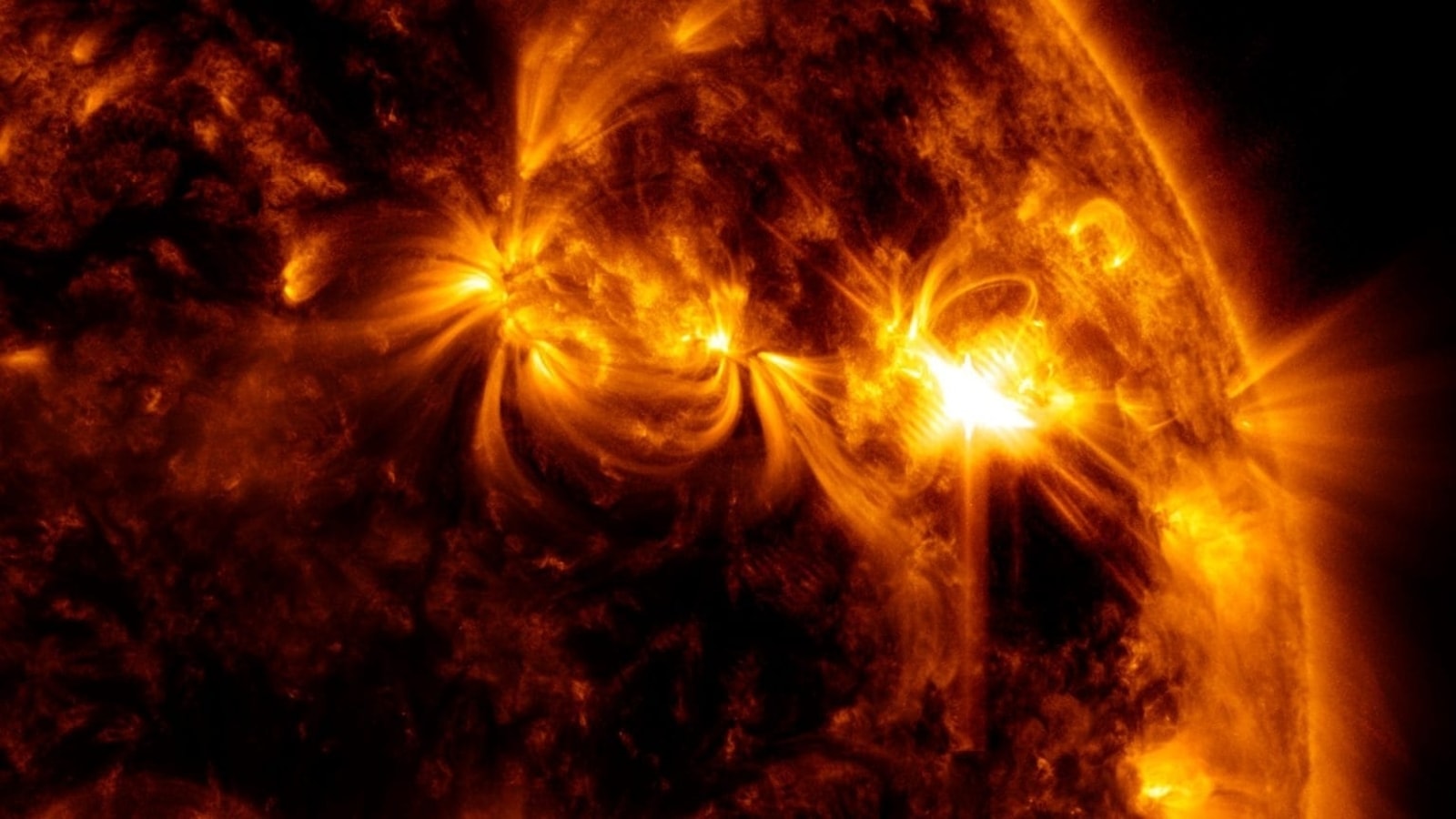Dangers of magnetic storms to tech: GPS, satellites to power grid, know it all
Magnetic storms are rated on a scale from 1 to 5, with 1 being the weakest and 5 being the strongest. The most severe magnetic storm ever recorded was the Carrington storm in 1859. Read on for more information.

_1658567219974_1658567228615_1658567228615.jpg)





 View all Images
View all ImagesAccording to the US Space Weather Prediction Center (SWPC), a magnetic storm is defined as "a major disturbance of Earth's magnetosphere that occurs when there is a very efficient exchange of energy from the solar wind into the space environment surrounding Earth." Magnetic storms are rated on a scale from 1 to 5, with 1 being the weakest and 5 being the strongest. The most severe magnetic storm ever recorded was the Carrington storm in 1859.
Hazards of Magnetic Storms
1. Technology Disruption: Rapid changes in the magnetic field during magnetic storms can negatively affect our technology-based infrastructure. This is particularly true during severe storms.
2. Communication Problems: Magnetic storms cause heating and distortion of the ionosphere, which can make long-range radio communication difficult or even impossible. The use of global positioning systems (GPS) can also be affected, leading to degraded communication.
3. Satellite Issues: Magnetic storms can cause the ionosphere to expand, increasing satellite drag and making it challenging to control their orbits. The buildup and discharge of static-electric charges during these storms can also damage satellite electronics. Astronauts and high altitude pilots may be exposed to higher levels of radiation.
4. Power Grid Surges: Magnetic storms generate rapid changes in the magnetic field, which can cause voltage surges in power grids. These surges can lead to blackouts and disrupt the supply of electricity.
The Historic Geomagnetic Storm of 1859
The most significant geomagnetic storms are associated with coronal mass ejections (CMEs). The Carrington storm of 1859 was the largest ever recorded. It resulted in intense auroras and malfunctioning telegraph systems. Operators were even electrocuted due to the storm's impact.
Recent Geomagnetic Storms
On February 9 and 10, a moderate geomagnetic storm affected the Earth. However, it was not considered highly hazardous. This storm was triggered by a filament eruption on the Sun. Similar geomagnetic storms have occurred in the past, including one on February 3.
Magnetic storms pose risks to our technology, communication systems, satellites, and power grids. Understanding their effects can help us prepare for and mitigate their potential hazards.
Catch all the Latest Tech News, Mobile News, Laptop News, Gaming news, Wearables News , How To News, also keep up with us on Whatsapp channel,Twitter, Facebook, Google News, and Instagram. For our latest videos, subscribe to our YouTube channel.





























